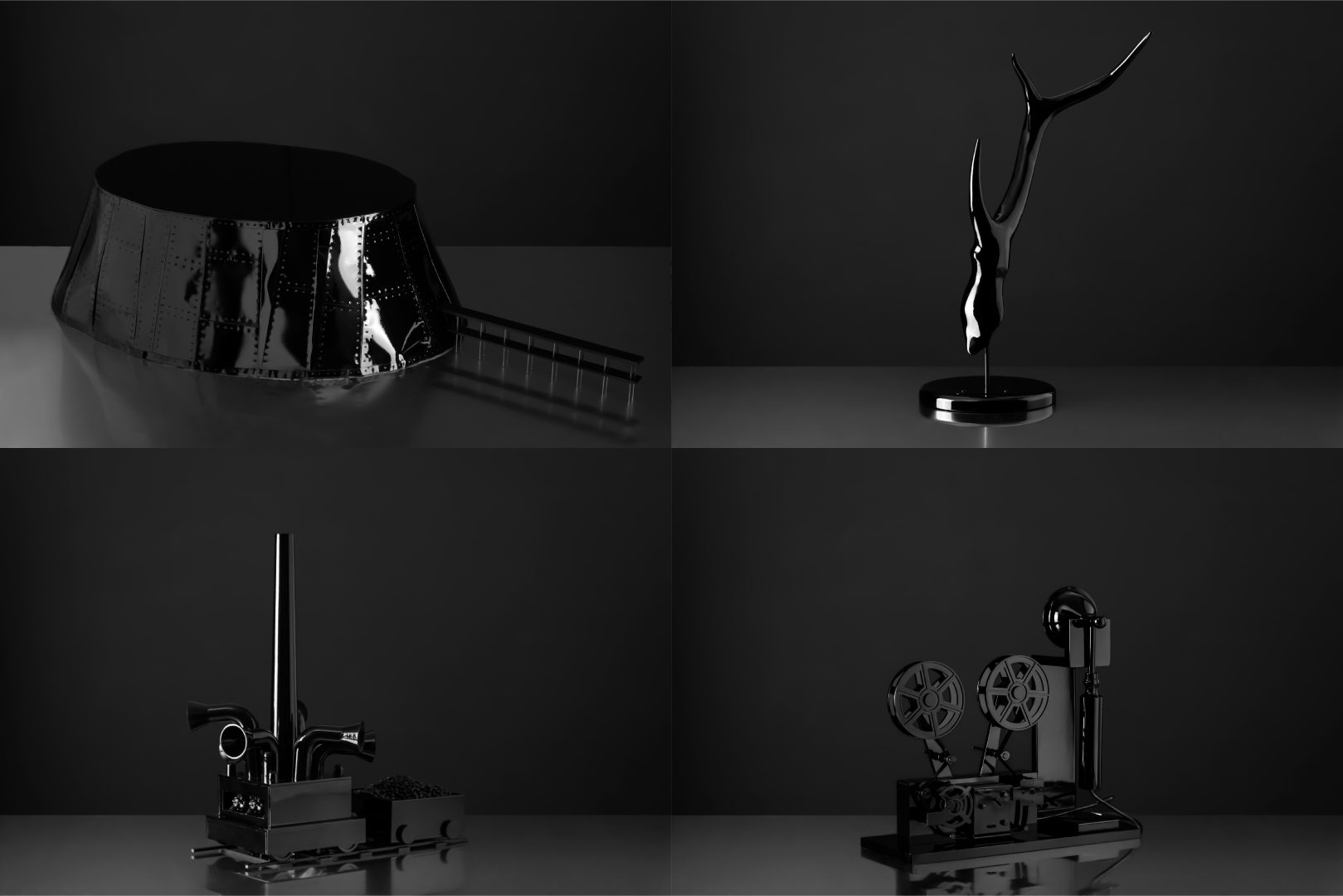The Open Call for the Social Art Award 2019 under the topic “We are the People – Peaceful Revolutions” was closed on December 15, 2019. We are very impressed by 558 submissions that were contributed by artists coming from 65 countries across all continents.
The winners of The Social Art Award 2019 are Narcissa Gold (USA), Melinda Mouzannar (Lebanon) and Bogna Grazyna Jaroslawski (Poland/Germany). The Honorary Mention goes to Kingson Kin Sing Chan (Hong Kong/UK).
Below you find the artworks, that passed the initial jury round. The public voting took place till 30 December and is a tool to give more public visibility to the topic and the artworks. It does not replace the final jury judgment. There were two wildcards for the most voted artworks that entered the final shortlist.
The focus diversity of applications shows that artists are active in the multi-faceted fields of socially engaged art reflecting on wars, genocides, femicides, traumata, violence against refugees, children, women, men, disabled people, LGBTIQs, animals. They share feelings for the planet and its living species, but also showing hopelessness due to complex crises be it climate change (e.g. in regard to water pollution), capitalism, corruption, a violation against human rights, nature, protected national parks. Many of the artists are constantly trying to give a voice to the poorest or empower unheard social groups.
It’s not only about peaceful revolutions, but it’s also about feeling a deep connection and showing love and respect for each other.
Thank you all for sharing your great and inspirational work and look at all the great contributions!
The Black Ship and Gifts
Hiroki Yokoyama Kuan-hua Chou
open category
A series of creations based on the history of the Black Ships in Yokohama. In 1853, the arrival of Commodore Perry and the Black Ships urged Japan to sign the Kanagawa Treaty between Japan and the US, which led to open up the country and facilitate its modernisation. Due to the lack of cultural and technological knowledge at the time, Japanese people applied imagination on the gifts brought by Perry. They inspired by the content with low accuracy from Kawaraban, newspapers or broadsides with one or two pages of illustrations and writings. Four examples of their imaginations present here, including the black ship, the rare horn, the steam train and the telegraph. 1. The black ships were considered as a tremendous dark land floating on the sea. 2. The rare horn was cut from a mythical creature Qilin. 3. The steam train moves forward by animals run inside. Sufficient dog food is provided as fuel in the carriage behind. 4. Perry's American interpreter heard a clam crying on the beach around Yamashita and realised the clam was missing her son, and then he put the clam into the sea. The project also wants to discuss the phenomenon of increasing fake news and facts today. This time, the public still have the freedom to believe reports or alternative facts from multiple social media or viewpoints.
A series of creations based on the history of the Black Ships in Yokohama. In 1853, the arrival of Commodore Perry and the Black Ships urged Japan to sign the Kanagawa Treaty between Japan and the US, which led to open up the country and facilitate its modernisation. Due to the lack of cultural and technological knowledge at the time, Japanese people applied imagination on the gifts brought by Perry. They inspired by the content with low accuracy from Kawaraban, newspapers or broadsides with one or two pages of illustrations and writings. Four examples of their imaginations present here, including the black ship, the rare horn, the steam train and the telegraph. 1. The black ships were considered as a tremendous dark land floating on the sea. 2. The rare horn was cut from a mythical creature Qilin. 3. The steam train moves forward by animals run inside. Sufficient dog food is provided as fuel in the carriage behind. 4. Perry's American interpreter heard a clam crying on the beach around Yamashita and realised the clam was missing her son, and then he put the clam into the sea. The project also wants to discuss the phenomenon of increasing fake news and facts today. This time, the public still have the freedom to believe reports or alternative facts from multiple social media or viewpoints.



